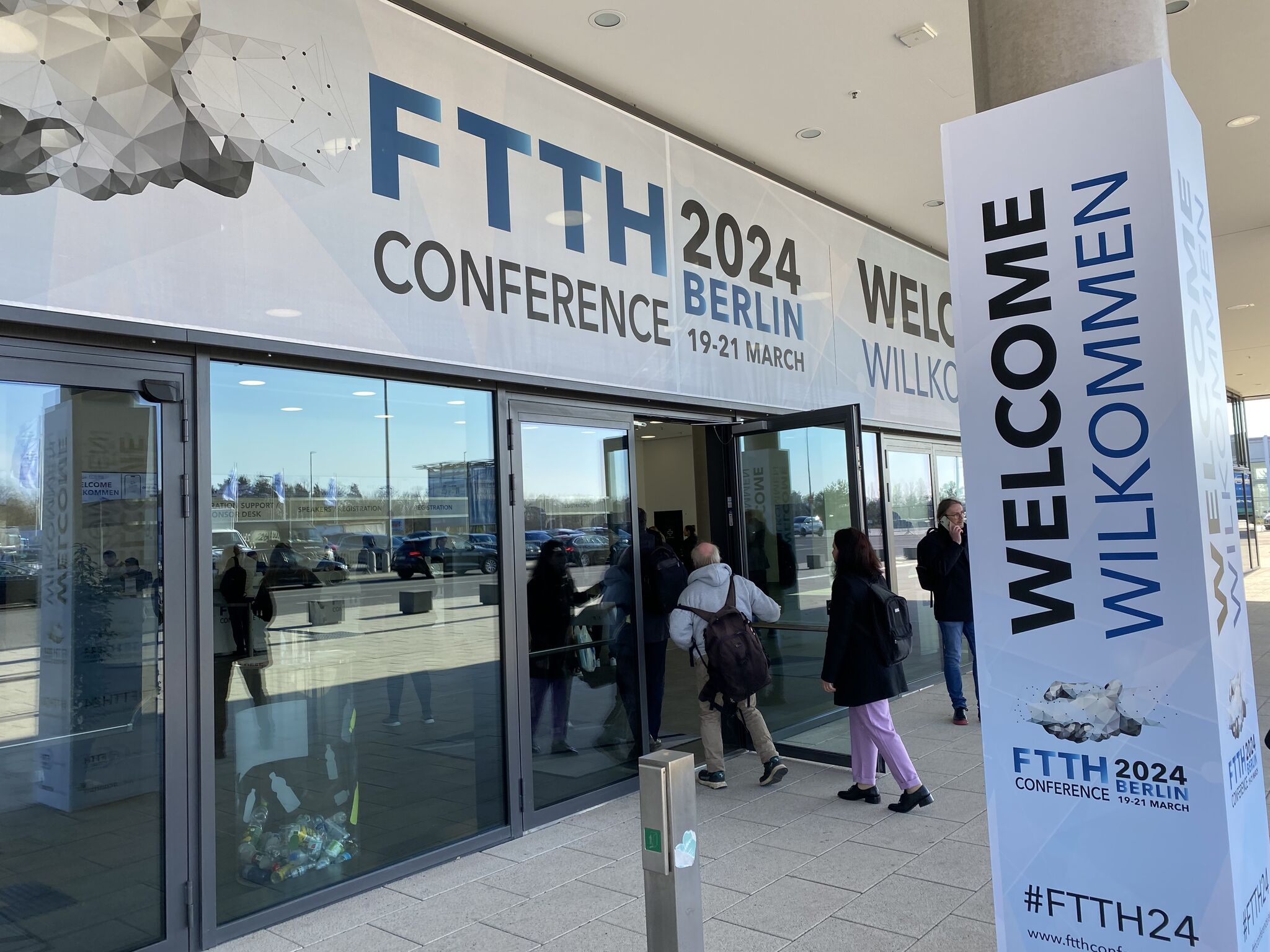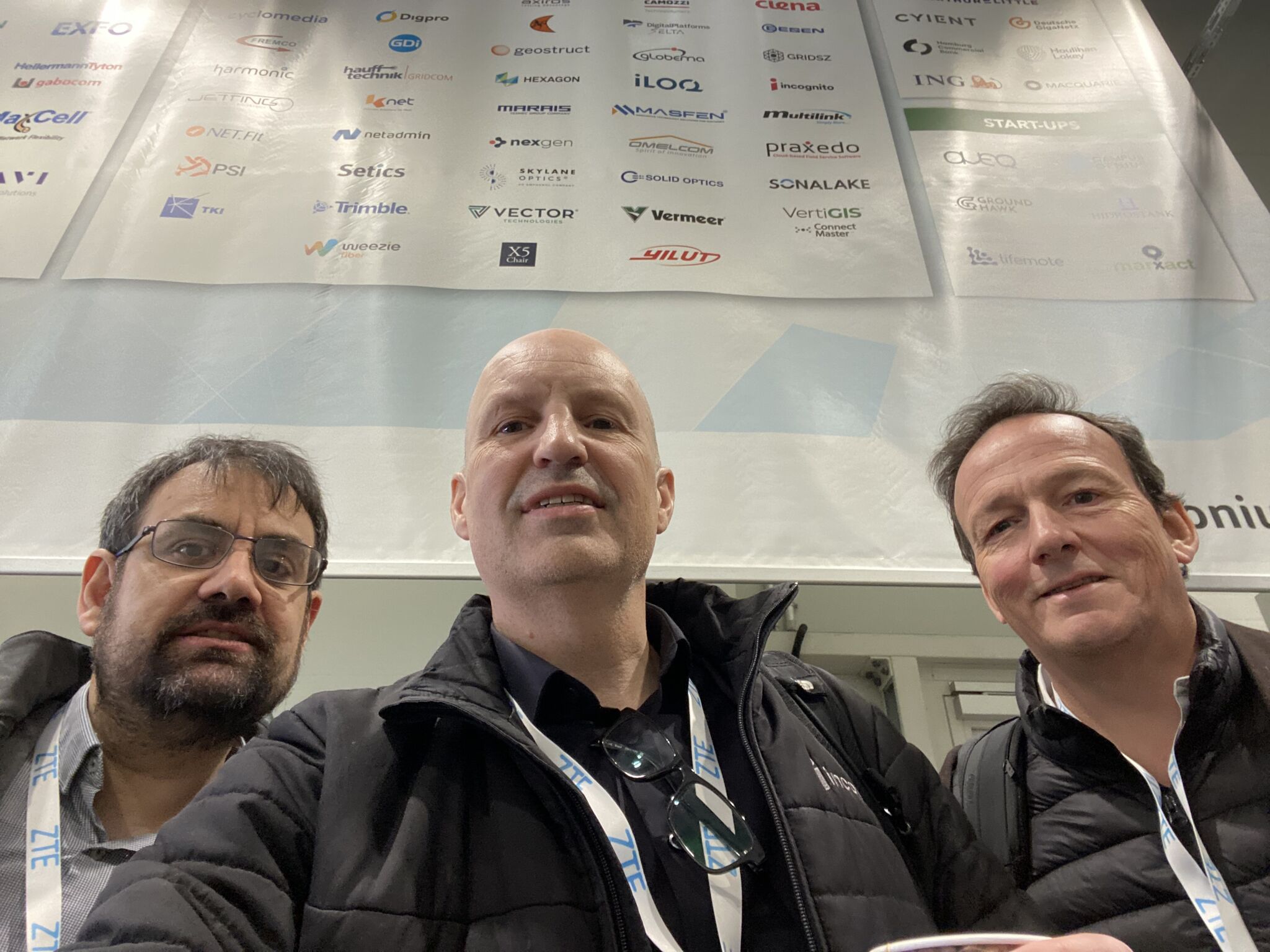Fresh from the bustling halls of the FTTH Conference 2024, Europe's leading fibre optic summit which took place in Berlin, Germany from March 19-21, the Incognito team is excited to unpack all it had to offer with you. In this post, we'll take a deep dive into driving themes and learnings, including service assurance pains in wholesale access, how to ensure fiber deployments and operations are done right the first time, and the impact of latency on the customer experience. Join us as we unravel actionable insights and the solutions needed to tackle these industry challenges, which are shaping the future of fiber.


Wholesales Service Assurance Pains
Network demarcation is a real challenge for wholesalers and retail service providers. Is the problem with the in-home experience managed by the internet service provider or the wholesaler who manages the connection? The first port-of-call is the wholesaler, but it may not be a connectivity issue; it may be an in-home Wi-Fi problem, which the wholesaler cannot diagnose. Essentially, one leading wholesaler said the lack of visibility into the home is a problem. Connecting the ONT with speed/latency is one thing, but how do you manage the speeds/experience of the devices in the home via Wi-Fi? This is a key question for wholesalers and retail service providers regarding the network demarcation between L2 connections and homes.
- What is the impact? Missed SLAs by the wholesaler, increased trouble tickets, longer mean time to repair (MTTR), and decreased customer satisfaction. Which provider is responsible? At the end of the day, the subscriber is caught in the middle.
- What could you do instead? Configure open APIs between wholesaler and retail service providers' OSS to increase proactive information sharing, notifications, and resolution actions in an automated manner.
First Time Right is Key But Not the End Goal
Combining technologies (ex. GIS, inventory, pinpointing issues, service provisioning processes, etc.) to ensure fiber installation is done correctly the first time is a tremendous step forward, but the job isn't complete post-activation and billing. Monitoring and assuring the services going forward is expected, however, it is challenging to accurately and remotely pinpoint issues on the optical distribution network (ODN). Additionally, operators are increasingly seeking vendor diversity in their fiber networks, often driven by cost savings, so that they can achieve any-to-any OLT-ONT configurations (i.e. vendor A for OLT and vendor B for ONT). Moreover, as builders increasingly add fiber to new real estate, the infrastructure needs to be hands-off and turnkey.
- What is the impact? Hardware-based probes for network assurance are expensive, and the costs escalate quickly as you need many probes throughout the network. Also, as fiber network vendor diversity increases, so does the complexity of the systems environment, as there are more EMS/NMS and devices in the access network, and the demarcation point becomes more blurred.
- What could you do instead? Automated closed-loop operations, software-based network data collection that avoids hardware probes, and AI for fault management to pinpoint issues are critical. Open standards and APIs (e.g., TM Forum, ONF, Broadband Forum) can also help achieve fiber vendor interoperability, avoid lock-in, and implement future-proof architectures. Intent-based service modelling and provisioning also tie in perfectly, as customers order service offerings, not technology. These approaches can ensure lower IT costs and reduce OPEX spending via rapid diagnostics.
Customer Experience Remains a Challenge Due to Latency
FTTH network architectures offer excellent speed and bandwidth performance from the access network to the premise. But what happens in the home network when the number of connected devices is skyrocketing and connectivity for leisure and business services is extremely sensitive to latency?
- What is the impact? Increased calls to customer care, device reboots, and customer churn. When your kids are hogging the Wi-Fi to stream content, your work conference call is impacted.
- What could you do instead? Implement an in-home experience management strategy that uses application and traffic prioritization to address latency and ensure a superior user experience for video streaming, OTT content, and remote work. We are also seeing AI adoption for automated experience optimization, including chatbots and problem resolution – these are growing use cases to watch for in the industry!
If you are looking to address any of these topics, reach out to Incognito and discover how we can help you with our OSS solutions, which feature open APIs, closed-loop automated operations for fiber, and holistic device and experience management. Contact our team today!



Submit a Comment